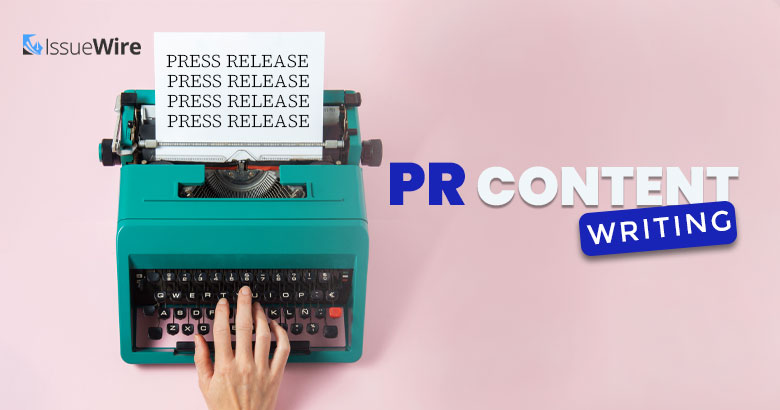Creating an effective press release is an essential skill in public relations (PR) for businesses, regardless of their size. Although the idea of drafting press releases might feel intimidating, with the right strategy, some practice, and templates to guide you, anyone can produce a press release that captures attention and achieves favorable outcomes. Whether you are announcing a new product, promoting an event, sharing important company achievements, or addressing a crisis, customizing your press release to fit the particular situation can significantly enhance its impact.
So, what elements contribute to a successful press release? Additionally, which types of press releases are the most beneficial to create? Let’s explore the fundamentals of PR content writing to ensure you achieve your desired results every time.
What is a Press Release?
A press release is an official communication issued by a business to inform the media about news, announcements, or important information. Typically crafted by the organization's public relations (PR) team, a press release is a concise document. It usually spans one to two pages that effectively conveys its purpose clearly and straightforwardly.
Incorporating press releases into marketing and PR strategies offers several advantages for businesses. Primarily, they serve as an excellent tool for fostering relationships with the media, which is essential for any company. Additionally, a press release allows you to shape the narrative surrounding your brand that enables you to decide what information to share and what to withhold. Moreover, an effective press release employs SEO best practices that helps driving traffic to your company's website.
What are the Types of Press Releases?
There are several types of press releases that you can publish, including -
- Product launch press releases
- Event press releases
- New hire press releases
- Crisis management press releases
- Award press releases
- Acquisition press releases
- Rebranding press releases
How to Write a Press Release?
Writing a press release requires a standard format and precise sentence construction. There are also other rules that you need to follow to be able to craft something compelling. Let’s see how you can do that:
-
Headline:
The headline is the initial element that journalists and readers encounter. So, it should be engaging, straightforward, and brief. It needs to encapsulate the core message of your press release and encourage the audience to continue reading. Utilize active verbs, steer clear of jargon, and incorporate relevant keywords associated with your topic and target audience. In addition to this, consider using a subheading to provide further details or context to your main headline.
-
Dateline:
The dateline is a brief line that specifies the date and location of the content. It typically appears before the opening paragraph and follows the format - City, State/Country, Month Day, and Year. For example - New York, NY, June 15, 2021. This information assists journalists and readers in understanding where and when your news event occurs or has taken place.
-
Introduction:
The introduction is the most critical section of your press release, as it usually addresses the five Ws: who, what, when, where, and why. It must also feature a captivating hook that draws in the reader and highlights the relevance, timeliness, or benefits of your news. This part should be brief and factual, steering clear of exaggeration or hype. Additionally, it should contain a link to your landing page or website for readers seeking more information.
-
Body of the Content:
The body of the press release is where you elaborate on the details, facts, quotes, and supporting information related to your announcement. It should adhere to the inverted pyramid format, beginning with the most critical information and gradually transitioning to less important details. This section should consist of concise paragraphs that are easy to read and digest. You may also incorporate subheadings, bullet points, and images to enhance readability and emphasize important aspects.
-
Boilerplate:
The boilerplate, also known as a short paragraph provides background information about your company or organization. It should include your mission, vision, products, services, values, awards, achievements, and other relevant facts that reflect your authority and credibility. The boilerplate should be consistent you need to update it across all your press release content.
-
Contact Information:
The contact information section includes the name, title, email address, phone number, and social media profiles of the individual or team available to address any media or public inquiries. This information should be clearly presented and typically placed at the bottom of your press release. Additionally, you may want to include a call to action that encourages readers to visit your website, subscribe to your newsletter, or follow your brand on social media.
At the end, look at the other examples of press releases from your industry to understand what kind of language they use. While your aim might be to let your audience know about the newsworthy event, there should be a balance between promoting the event, and clearly putting your objective.








